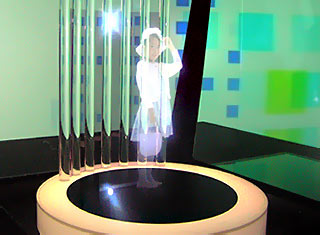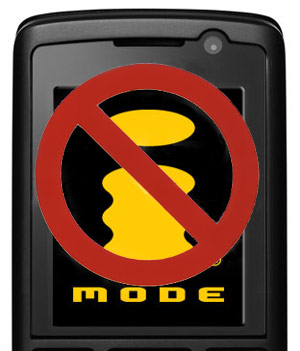 The genesis of today’s Viewpoint was back in March, when we spotted this op-ed referring to Japan mobile that had stated: “What’s different about the Japanese mobile market is that innovation is moving toward business models and marketing tactics instead of technical features and functions.” That op-ed piece in turn cited a new research report on eMarketer, “Japan: Marketing to a Mobile Society,” which insisted: “What stands out in the current Japanese experience is the fact that the center of gravity for getting through to Japanese mobile users has shifted in favor of business models and marketing tactics as opposed to new technical features and mobile phone functions.”
The genesis of today’s Viewpoint was back in March, when we spotted this op-ed referring to Japan mobile that had stated: “What’s different about the Japanese mobile market is that innovation is moving toward business models and marketing tactics instead of technical features and functions.” That op-ed piece in turn cited a new research report on eMarketer, “Japan: Marketing to a Mobile Society,” which insisted: “What stands out in the current Japanese experience is the fact that the center of gravity for getting through to Japanese mobile users has shifted in favor of business models and marketing tactics as opposed to new technical features and mobile phone functions.”
We took exception to both these as serious mis-analyses of the cornerstone role that technological innovation and network infrastructure competition have played – and continue to play – in powering Japan’s mobile success story. After contact with the eMarketer editors, we agreed to write separate opinion pieces, which we would both republish side-by-side in our newsletters, as an excellent way to hash out the topic and let you – our collective readers – decide.
Sadly, the marketing guys at eMarketer quashed the idea, as the subject and the detailed discussion would be “too technical a topic for our [eMarketer’s] newsletter.” But we know that WWJ readers are more than smart enough to figure out for themselves what’s really driving the mobile Internet in Japan! So we wished the eMarketer editors best of luck in the future, again gave thanks that WWJ doesn’t have any meddling marketing guys, and herewith present to you our Viewpoint.
(Subscribers login to access the full article by WWJ editor Daniel Scuka)
Image: Holographic projection demo at NTT DoCoMo R&D Labs, November 2006 ©Mobikyo


 The genesis of today’s Viewpoint was back in March, when we spotted
The genesis of today’s Viewpoint was back in March, when we spotted 